An inside look at the security for the 2021 Presidential Inauguration
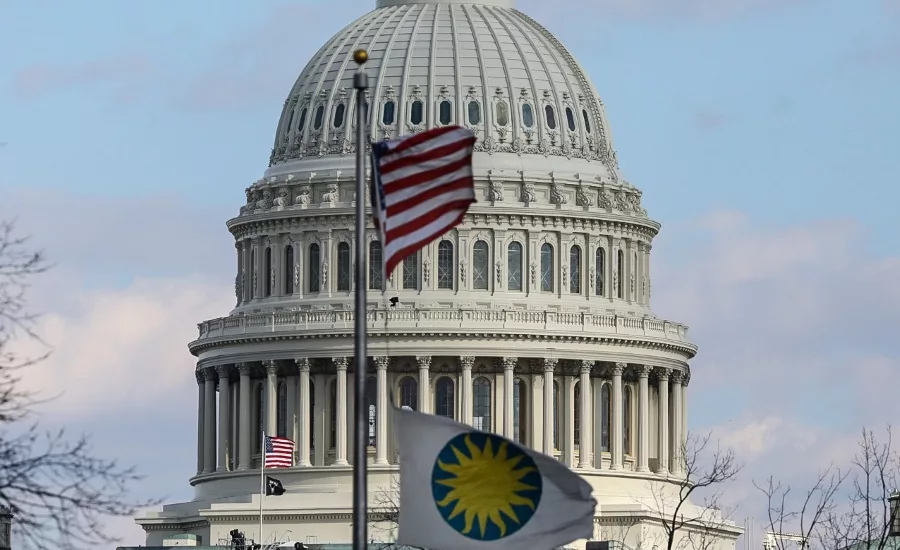
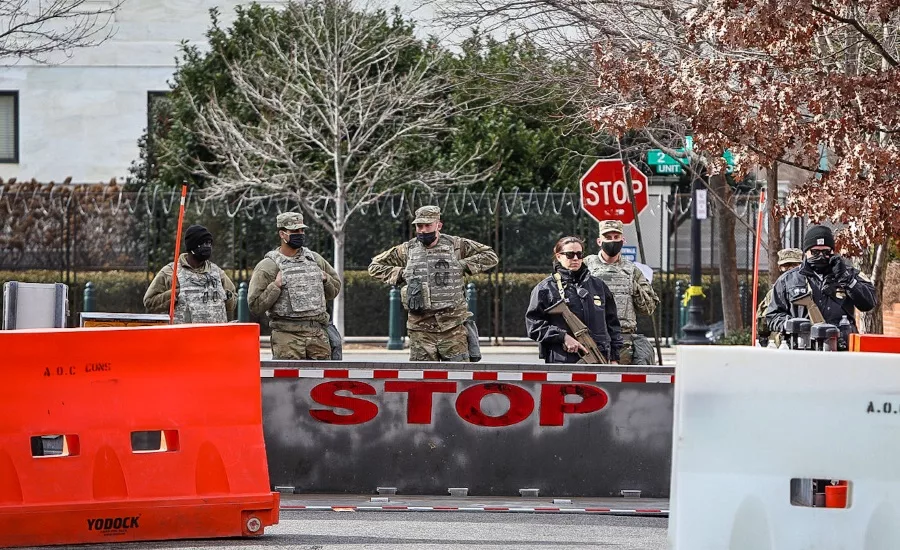
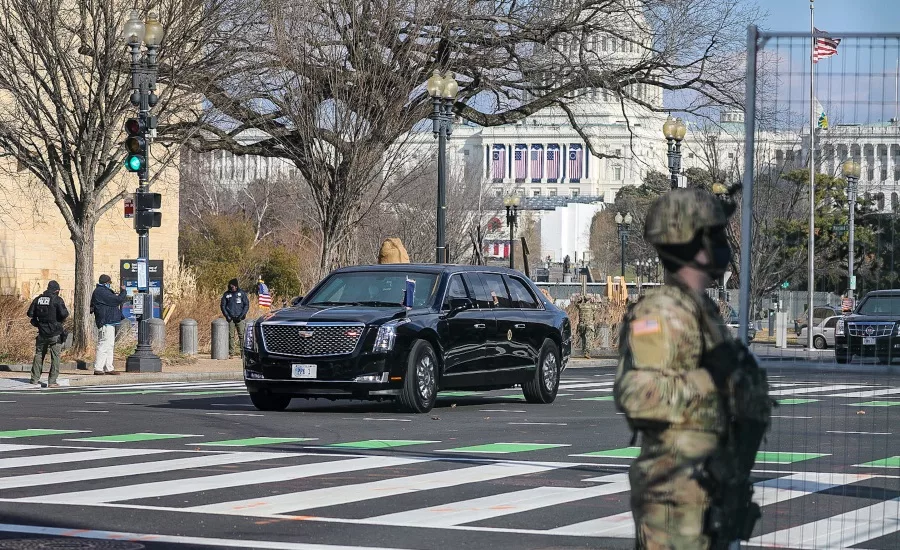
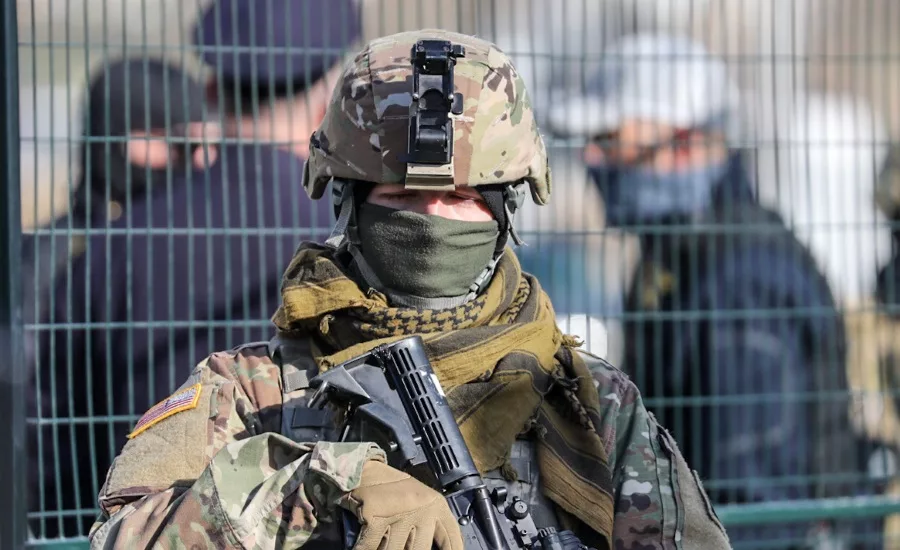
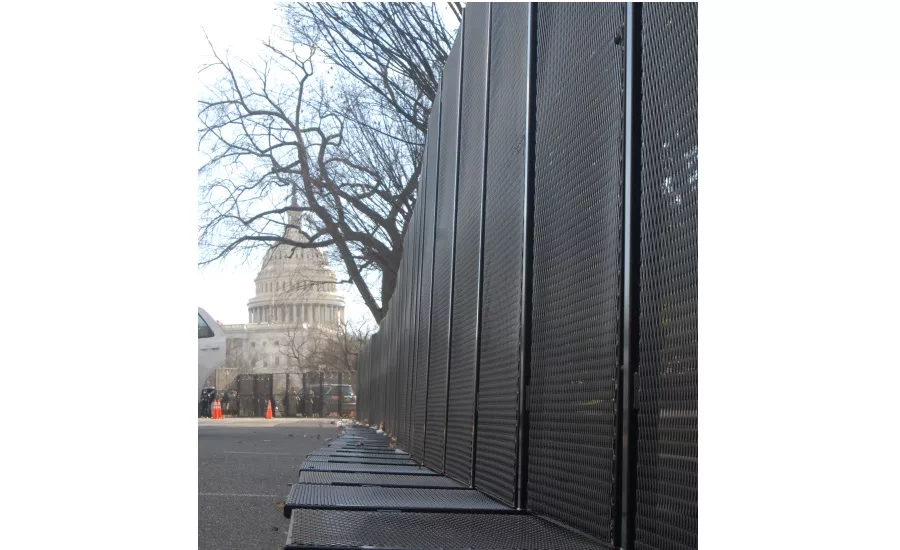

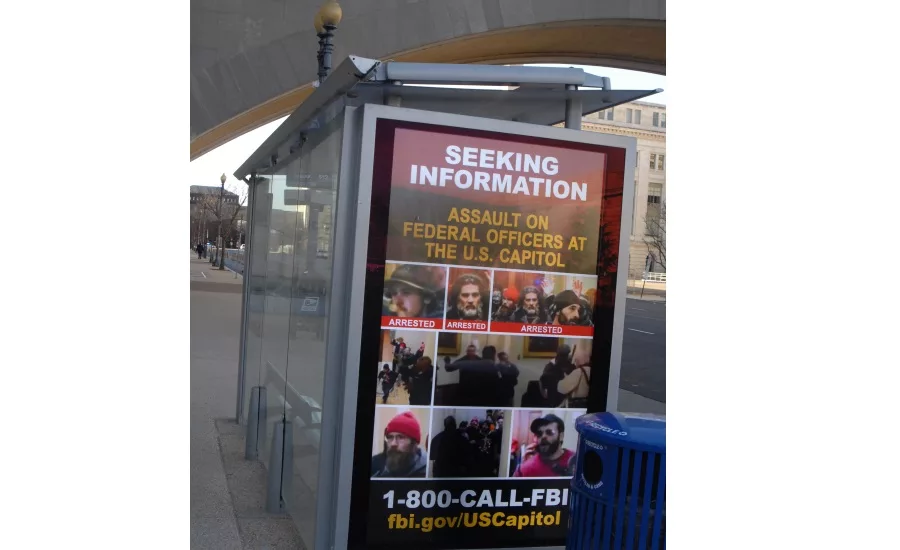

Remember when a tiny virus was the biggest threat to the presidential inauguration? Then a deadly mob stormed the capitol and within a week downtown Washington DC was locked down hard, making the big ceremony one tense celebration.
Every four years protesters make trouble, but never before has the election itself been violently condemned as a fraud. Fears of armed insurrection put new razorwire atop the fences and tripled the National Guard presence to 25,000 soldiers. A new “Green Zone” shut down the city center in a wartime posture that worked. A few arrests were made for carrying handguns but there were no attacks and barely even peaceful protests.
One teenager biked away with a baseball bat and a sad look on his face, knowing this wasn't the year to smash windows or burn a limousine. That was 2017.
This time, the streets were warmer than usual and quieter than ever, with only a few shops open and no restaurants allowing dine-in. Three major bridges and 13 central subway stations were closed. Heavy trucks and concrete barricades kept vehicles out while solid temporary fences locked out the people. Around the capitol building was a layer of fencing, then tall barriers supported by scaffolding and a line of the empty cargo containers used to truck it all in.
Customs and Border Patrol agents used dogs and mirrors to screen every vehicle entering the interior “Red Zone,” where police and soldiers from across the country were supported by helicopters and satellites far above. No anti-aircraft guns were seen and most of the soldiers stayed out of sight, but they were armed and ready and maybe a little bored.
“The very visible security around the inauguration almost certainly deterred those who may have been planning acts of violence or disruption at that event,” said Suzanne Spaulding, former undersecretary for the Department of Homeland Security and Director of the Defending Democratic Institutions project at the Center for Strategic and International Studies.
“The bigger challenge,” she added, “is how to address the ongoing threat of violence aimed not just at election-related events, but at overthrowing the government or other apocalyptic objectives, and to do so in a manner consistent with the Constitution.”
D.C. Mayor Muriel Bowser said she doesn't like fences. “They will come down just as quick as they went up,” she said, but the threat is real. “We saw white extremists storm our capitol building who were trained and organized, and seemingly with the intent to capture the Vice President of the United States and perhaps harm other lawmakers.”
For this year’s Inauguration the entire National Mall was fenced and off-limits, as were the Smithsonian buildings and all major monuments. Three days after the January 6, 2021 attack on the Capitol, Mayor Bowser asked for expansion of the security zone and cancellation of all public events and protests on nearby federal property.
Most moved elsewhere, but two local leftist groups were permitted spots along Pennsylvania Avenue to push the new president to be more progressive. National Mall Superintendent Jeff Reingold explained, “We are the premier First Amendment area in the country. In the world, probably. We wanted to see if it was possible to do that and also meet security needs.” So no more than 100 people cleared checkpoints and metal detectors to be escorted by National Parks Police to both John Marshall Park and the Navy Memorial.
That's where, 20 years ago, self-described anarchists fought police after replacing an American flag with their own banner. That was also the first year the Secret Service tried (and failed) to completely control who could stand along Pennsylvania Avenue and its parade.
Temporary chain-link fences simply weren't strong enough, and too few agents tried to defend 3-foot barriers against throngs of determined protesters. 2005 saw the first use of 7-foot tall climb-resistant metal fencing, but aggressive protesters managed to dismantle one portion before being repelled by police with pepper spray and clubs. New bolts armored that Achilles heel and by 2009 the entire parade route was firmly enclosed. No one was arrested as two million people radiated optimism to welcome Barack Obama. It was the only other inauguration this century where no roving rioters damaged property.
In 2017 that damage was estimated at $100,000, mostly of private property. One VIP parade entrance was shut down after being pummeled by hundreds of bricks pried from a meridian. Later bricks were hurled at police who fought back with batons, tear gas and flash grenades. Of the 240 arrested that year, only one person served any time – four months. A judge dismissed charges against seven defendants, a jury acquitted four others and, in 2018, the U.S. Attorney dropped charges against 168 more. Prosecutors say they couldn't prove anything beyond a reasonable doubt, largely because most defendants wore black face coverings.
This year Portland, Oregon was the focus of similar attacks, where the state Democratic Party Headquarters and an Immigration and Customs Enforcement office were vandalized. “We are ungovernable” was one sign among the more than 100 protesters. Portland Police made eight arrests in one of the few protests to materialize despite grave concerns that all 50 state capitols could be attacked January 20.
A vocal minority always has something important to shout at the inaugural parade, but this year the president couldn't see them at all. COVID-19 restrictions had already shrunk the event to a few hundred soldiers and one college marching band, but President Joe Biden didn't even join them. He broke tradition and bypassed the parade route almost entirely, leading the motorcade to Arlington National Cemetery and the Tomb of the Unknown Soldier before returning to the security zone to drive the last few blocks of Pennsylvania Avenue.
The double phalanx of police motorcycles was much smaller than normal, with a modest drum corps marching between them. The president's armored limousine, “The Beast,” was trailed by six duplicates ready to scatter and confuse any attackers. Eighteen armored suburban trucks were filled with agents. The world's most heavy-duty ambulance was ready to smash its way through anything, as were four vans and a custom cargo truck.
As Biden and Vice President Kamala Harris and their families walked the last block to their new workplace, each was shadowed by at least 20 Secret Service agents, most with high-caliber weapons tucked beneath black coats.
The Secret Service first took complete command of the inauguration and all participating agencies in 1996 when it was designated a National Special Security Event. NSSE designation was only to last three days this time but after the January 6, 2021 attacks the start date was changed to January 13.
Originally 7,000 National Guard troops were to be in D.C. January 20. That total was increased twice, to 25,000. Many were as young as 17, and even behind their brand-new plexiglass shields their youthful appearance was striking.
Appearances were what kept the National Guard from being called in to protect the U.S. Capitol building on January 6, and during the inauguration these soldiers carried unloaded rifles. They had ammunition with their gear, and each was issued “Rules of Engagement cards” to align their actions with policies of the agency they were assigned to support. Soldiers are trained to kill on command, while police are trained to kill only when absolutely necessary.
Metropolitan Police Department Spokesperson Kristen Metzger said 95 police departments sent 2,500 officers to D.C., down from 118 departments and 3,300 police in 2017. “MPD did not make any arrests at the Inauguration,” she added, and every single officer of the local police department was on duty January 20, 2021, many on their normal patrols.
“We can't create a fortress and allow the rest of the city to suffer in services whether its Fire/EMS or public safety,” Special Agent Matt Miller told reporters. He's in charge of the D.C. Secret Service Field Office and led inauguration security planning.
Manholes were secured, businesses and residents near the event were swept and monitored, and even mailboxes were removed or locked. The map of road closures and fence lines had changed 11 times in just a few days, Miller said.
D.C. Director of Homeland Security Chris Rodriguez said he's still waiting for Congress to reimburse costs estimated to reach $45 million. That figure was projected to be $39.6 million before last summer saw anti-police riots. Some boarded-over buildings had large stickers of Martin Luther King or “We Support Black Lives Matter” painted on to deter potential vandals.
But pipe bombs and molotov cocktails found January 6 are more concerning to the Federal Bureau of Investigation. “FBI is the lead federal agency for crisis response, counterterrorism investigations and intelligence analysis,” Director Christopher Wray stated, and they continue to pursue those who attacked the capitol. “We are seeing a growing amount of concerning online chatter,” he said just before the inauguration. “One of the real challenges in this space is trying to distinguish what's aspirational versus what's intentional.”
Looking for a reprint of this article?
From high-res PDFs to custom plaques, order your copy today!



